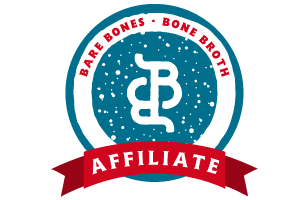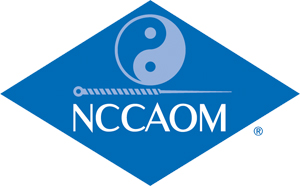Homemade Mayo
 Friday, July 11, 2014 at 3:46PM
Friday, July 11, 2014 at 3:46PM Store-bought mayonnaise often contains unhealthy refined vegetable oils like soybean oil, canola oil, and safflower oil (among others). Even so “olive oil” or “organic” mayonnaises often lack the healthy fats you can incorporate into your food (and your kid’s bellies!) when you cook from scratch at home. To enjoy a life giving, healthy mayonnaise, particularly in various dressings and salads, give this recipe a try.
Makes 2 cups.
Basic Ingredients:
2 eggs* at room temperature (preferably from local, pasture raised hens)
1 Tbsp. lemon juice*
1-3 tsp. raw apple cider vinegar (ACV)*
1/2 cup olive oil* (can add a little sesame oil* in part if you prefer a more mild tasting mayonnaise)
1/2 cup coconut oil (CO)*, warmed to liquid (can use a more refined CO if you prefer less of a coconut taste) CO is available in the WWCA Wellness Shop!
1 tsp Probiotic Whey* (the liquid drained off living yogurt or kefir) or sauerkraut juice* (the liquid drained off living sauerkraut)
sea salt to taste (~1/2 tsp)
Optional Additional Ingredients:
~1/2 – 1 avocado
pinch of stevia
1 clove garlic (I prefer fermented garlic, which is much more gentle on your gut – see the “Nourishing Traditions” cookbook available in our Wellness Shop for this simple and amazing recipe)
pepper
1 tsp mustard
fresh chopped herbs (chives or dill are some of my favorites)
an additional egg yolk (great way to sneak in extra healing fats!)
anything else that will add to your enjoyment of this versatile condiment that is a health food when made with these real food ingredients!
Method:
TIP: If you have an immersion (stick) blender, I recommend using it to whip up a batch of this mayo quickly. I use mine after placing all of the ingredients in a quart size, wide mouth mason jar. This makes clean up a whole lot easier! If you don’t have an immersion blender, you can make this recipe in your blender as follows:
Put 1 egg and the yolk of the other in your blender, along with lemon juice, ACV, & whey/sauerkraut juice.
Whirl around for 30 seconds or until nice and frothy.
Slowly add in olive oil, followed by coconut oil (or sesame seed oil).
Add salt and any optional ingredients to taste.
Transfer to a small, pint sized jar and close the lid tightly. Leave on your counter for 7-12 hours so the whey or sauerkraut juice can inoculate (ferment) the batch, then transfer to the refrigerator and enjoy.
Original Recipe from “Simply Salads by Season” by Kristen Michaelis with modifications by Summer Waters, LAc, NTP, CGP
 Mayo,
Mayo,  Mayonnaise in
Mayonnaise in  recipes
recipes 






